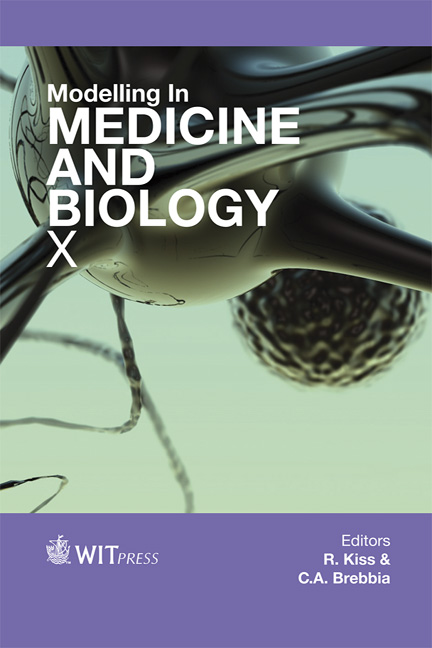Particle Motion In Coronary Serial Stenoses
Price
Free (open access)
Transaction
Volume
17
Pages
12
Page Range
169 - 180
Published
2013
Size
916 kb
Paper DOI
10.2495/BIO130151
Copyright
WIT Press
Author(s)
S. I. Bernad, A. Totorean, E. S. Bernad & R. Susan-Resiga
Abstract
Atherosclerosis creating a constriction can significantly alter the local blood flow dynamics. From a biological aspect, the changes that take place in the flow have a profound effect on the structure and function of the arterial wall and the development of the disease. The purpose of this paper was to non-invasively assess hemodynamic parameters such as wall shear stress, wall pressure and particle depositions with computational fluid dynamics (CFD) in coronary artery serial stenoses. A 3-D model of a serial stenosed RCA was reconstructed based on multislice computerized tomography images. Energy loss associated with such flow expansion after each constriction will be large and consequently the pressure drop will be higher. Pressure drop across the stenoses ST1 and ST3 is lower (4.62 mmHg and 4.81 mmHg respectively) during the time T2 = 0.79s, but is significant during the peak systole T1 = 0.26s. The maximum WSS in the proximal stenosis ST1 is about 254 Pa, and in the distal stenosis ST3 are 232 Pa. One diameter downstream of the each stenosis, the WSS is low because of the formation of the recirculation zone. Keywords: blood flow, coronary artery diseases, hemodynamics, pressure drop, wall shear stress.
Keywords
Keywords: blood flow, coronary artery diseases, hemodynamics, pressure drop, wall shear stress.





